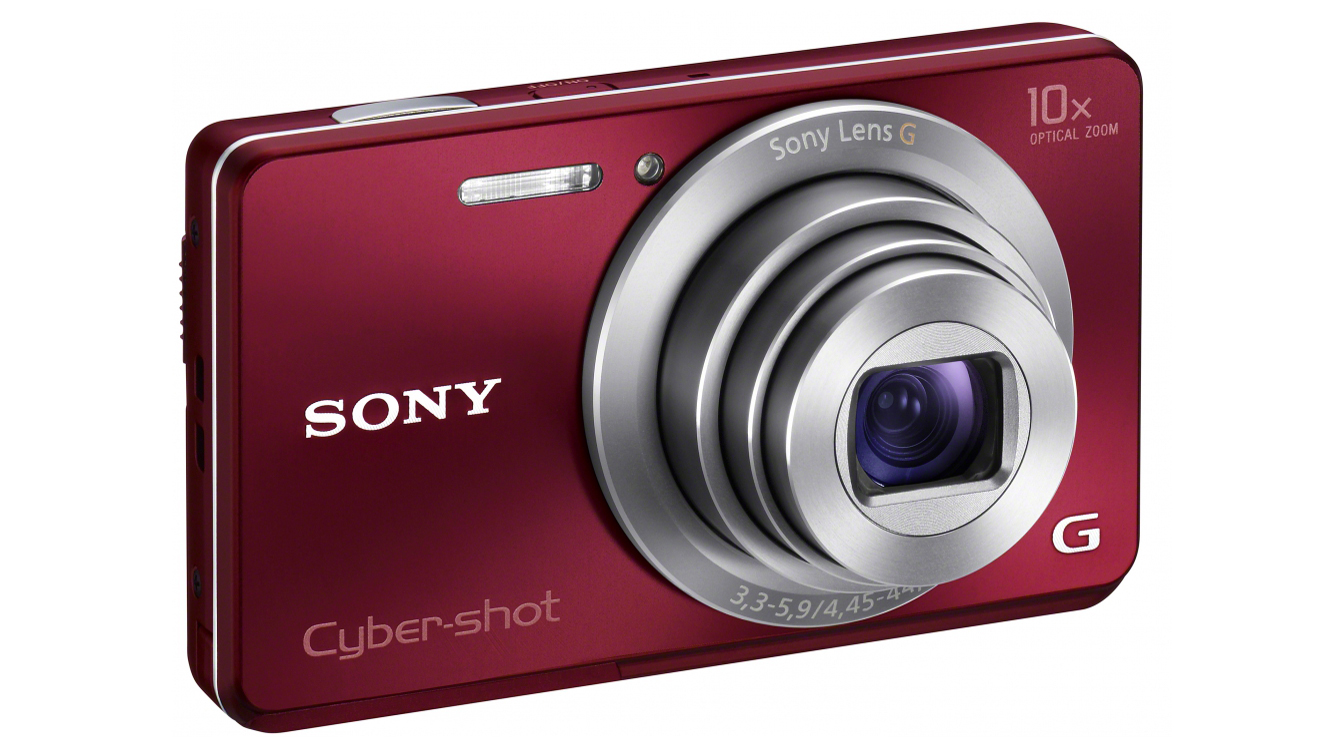Why you can trust TechRadar
Images from the Sony W690 are generally good, with lots of details and strong colours. Images are also clear and detailed, especially when shooting at the widest angle the lens offers.
The Sony Cyber-Shot W690 offers a 10x optical zoom within its very slim body, giving it a 25-250mm focal length spread. At the very telephoto end of the lens, image quality is retained, although the camera does suffer a little if it's not held completely steady.
Focusing is generally quick and accurate, and with macro focusing available as close as 5cm available, this is a pretty versatile camera.
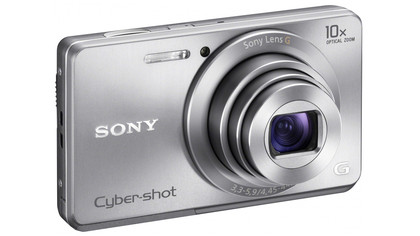
Occasionally, the camera struggles to lock onto a close subject, and it would have been nice to see the lens able to focus even closer than 5cm for super macros. Switching to macro mode is completely automated, and the camera does a good job of detecting when it was presented with such a scene.
Chromatic aberration appears to be minimal, with only slight incidence of it occurring in areas of sharp contrast when viewed at 100 per cent. At normal printing or web sizes, it's unlikely that it would be noticeable.
In Program mode, three different metering modes are available – Multi, Center and Spot. Multi does a reasonably good job of assessing the light, even in mixed lighting conditions, to provide a good exposure. The same can be said when using the camera in Intelligent Auto mode.
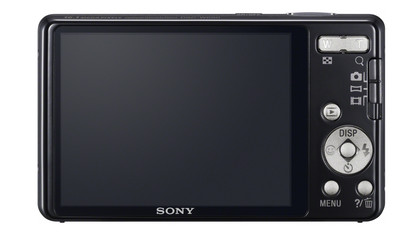
Sweep Panorama is a function that has been on a number of Sony compact cameras for a while now. On the Sony Cyber-Shot W690 this works by creating a video as the camera is swept across a scene, from which the panorama is produced.
The finished image isn't especially high quality, but it's still a fun mode to use and when displaying the images at low resolutions/sizes (such as on social networks) the effect is good.
An increasing number of camera manufacturers are including digital filters to appeal to those looking to get a bit more creative, especially smartphone users accustomed to apps such as Instagram.
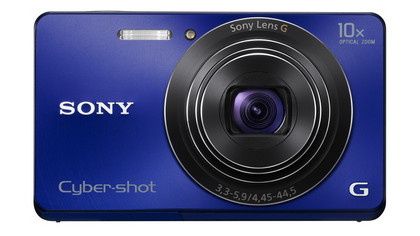
On the Sony Cyber-Shot W690 there's not a huge amount of choice, but there is Toy Camera (available in five different variations), Pop Colour, Partial Colour and Soft High Key. It's perhaps a little surprising to see the seemingly ubiquitous Miniature mode (which recreates the effect of a tilt-shift lens) missing, but the other effects are quite fun.
Of course, since the camera doesn't shoot raw files, making the decision to shoot with a filter means there's no way to remove it post-capture.
When shooting at high sensitivities, the camera does a good job of keeping noise down. There is some evidence of smoothing when viewing images at actual pixel size, but generally at ISO 800 and below this is kept to a minimum.
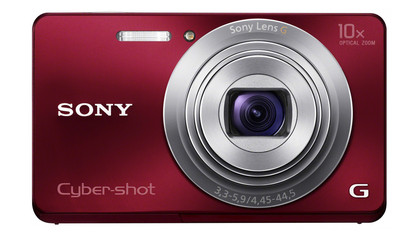
Even at the highest sensitivities, such as ISO 3200, the camera does a reasonable job, and using this is certainly preferable to not being able to get the shot at all.
The 230k dot screen is a bit of disappointment, being difficult to see outdoors, especially in bright light. It also does a poor job of displaying images in playback mode, making them appear slightly out of focus at times, something that's not reflected in the images viewed on a computer screen.
Current page: Performance
Prev Page Build quality and handling Next Page Image quality and resolutionAmy has been writing about cameras, photography and associated tech since 2009. Amy was once part of the photography testing team for Future Publishing working across TechRadar, Digital Camera, PhotoPlus, N Photo and Photography Week. For her photography, she has won awards and has been exhibited. She often partakes in unusual projects - including one intense year where she used a different camera every single day. Amy is currently the Features Editor at Amateur Photographer magazine, and in her increasingly little spare time works across a number of high-profile publications including Wired, Stuff, Digital Camera World, Expert Reviews, and just a little off-tangent, PetsRadar.
